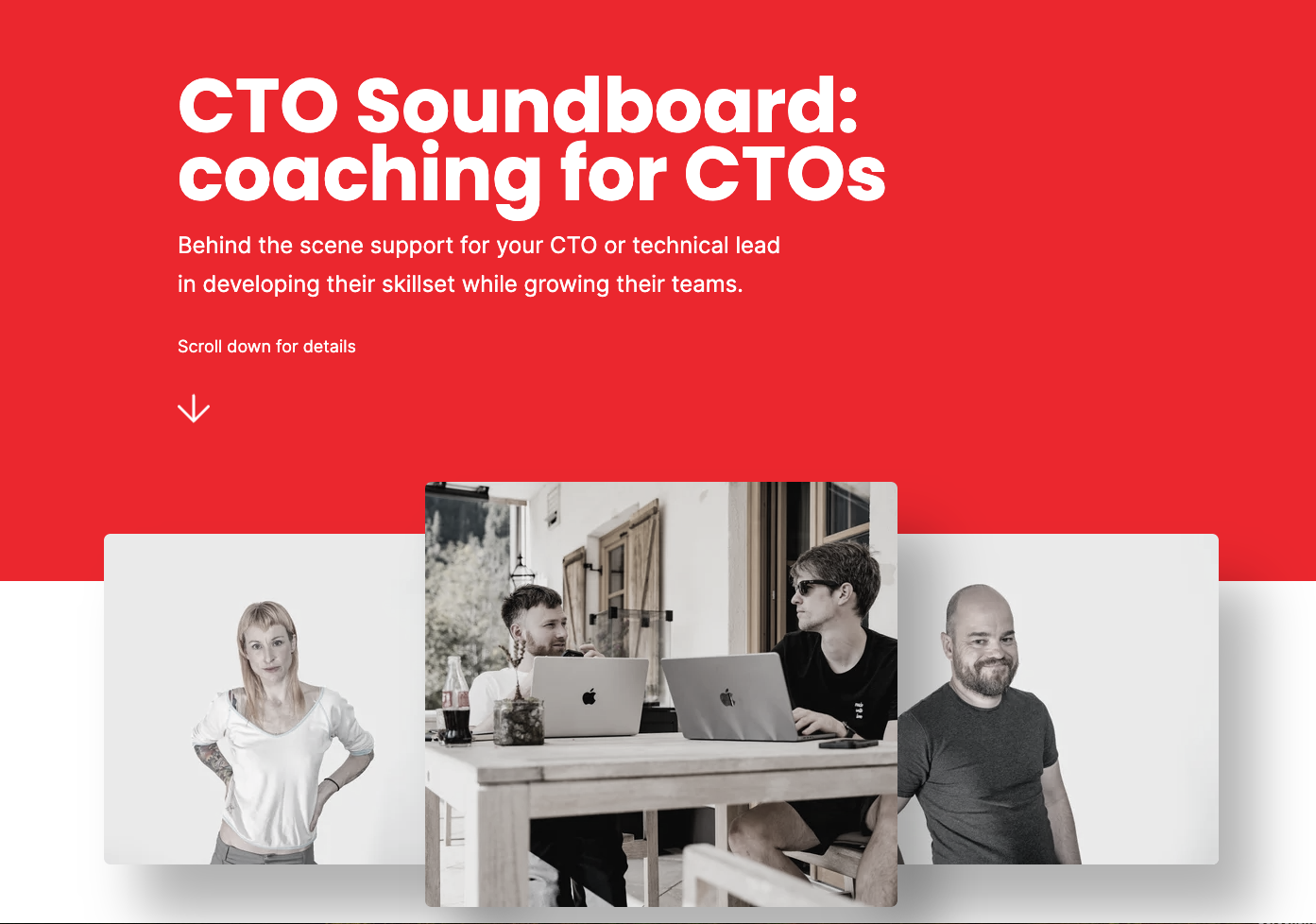Customers need to be delighted. Salespeople want to promise future functionality to help close deals. Engineers aim to keep product quality high.
All those needs conflict.
If anything, a startup is an exercise in managing expectations.
All these different parties and expectations clash daily. Some are neglected. Some are overly indulged. Some are plain irreconcilable, and some look compatible today but are on a clear collision course.
The salesperson wants to have feature X asap to close that deal. The developers need to rework the entire back-end to make that happen. In the meantime, they are not building that Office365 integration leadership wants to demo in November.
Every startup tries to consolidate these expectations and promises into a plan for future delivery: a roadmap. While these roadmaps are necessary communication tools, they come with a caveat.
Different types of roadmaps
Since different groups have different expectations within a company, the roadmap often resembles the views of its author.
- Roadmaps designed by sales-minded people will contain a plethora of features and deadlines.
- Engineering-driven roadmaps are often vague and don't include timelines.
- Management roadmaps live in fancy PowerPoint slides, while Product roadmaps are maintained in Jira backlogs.
When a VC asks to see the roadmap, most founders present the sexy slideshow version. In fact, they'll often pull an all-nighter right before the board meeting to create a bespoke presentation.
This roadmap communicates progress and aspirations and is both a status update and investor inspiration. It's there to show the investors that the team is on top of things.
The danger with this kind of slide is that it's often detached from the day-to-day reality. If a team needs to spend a month fixing their infrastructure, founders don't want to show that to the investors. That's not "strategic". Suppose they have to rewrite a part of the back-end, that gets omitted, too. Rework doesn't look like progress, after all.

CTO Soundboard
We help startups and scaleu-ps with a behind-the-scenes track designed to empower CTOs and tech leaders. Our approach is simple yet profound: pair up with an experienced mentor, focus on skill development, and grow alongside your team.
Should investors trust roadmaps?
Too often, investors get to see reality through rose-colored glasses. And that works as long as the team keeps shipping. But the minute there's a delay or setback, this fantasy comes crashing down. Suddenly, founders need to explain why all future promises need to shift.
It's easy to see what that does to an investor's trust in the team.
So, instead of communicating through an inspirational custom slide deck, present them with a high-level version of the real roadmap your team is working against: warts and all. You might bore them with "refactoring end-to-end tests," but at least they get a true insight into how their money gets spent.
When the team's customer support load starts to slow down delivery, the VCs need to see that. When the team is bogged down fixing technical debt, the investors need to know.
Creating a bespoke slide deck for investors tempts founders into embellishing reality. It's human nature to try to impress your investors. Resist that urge and show them the high-level Jira plan rather than a PowerPoint fairy tale.
Because one day, reality is going to catch up.
And when that happens, you don't want to have to convince your stakeholders. You want them in your camp already.









Member discussion